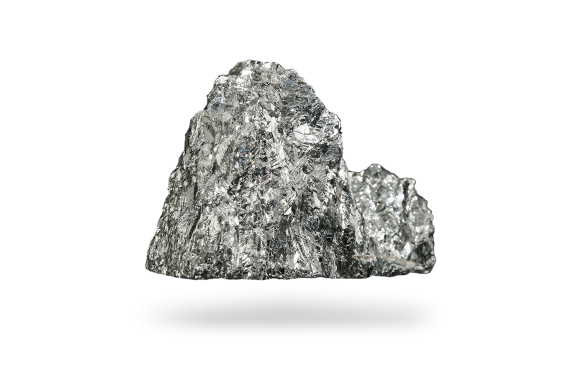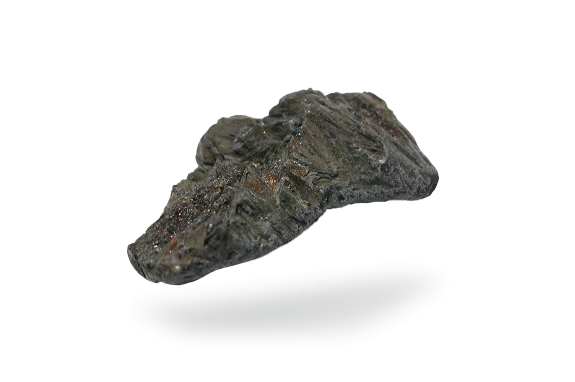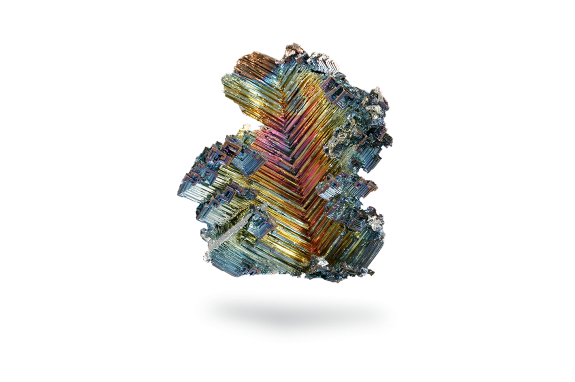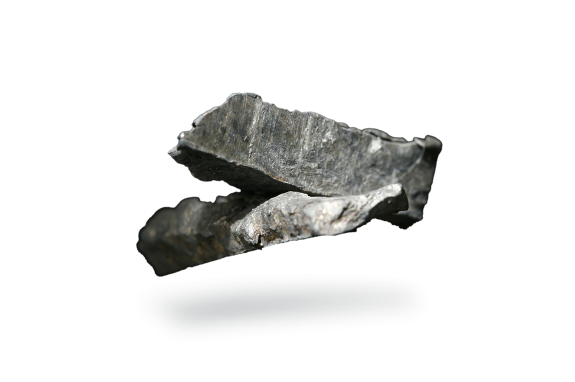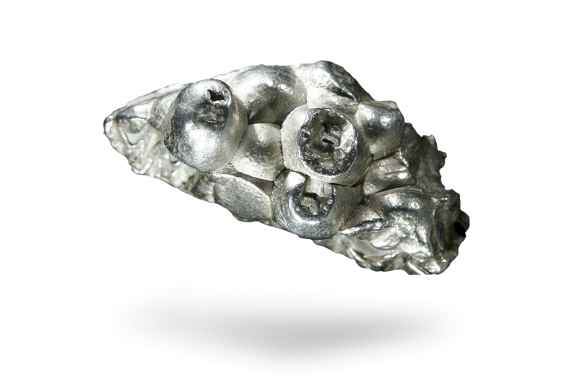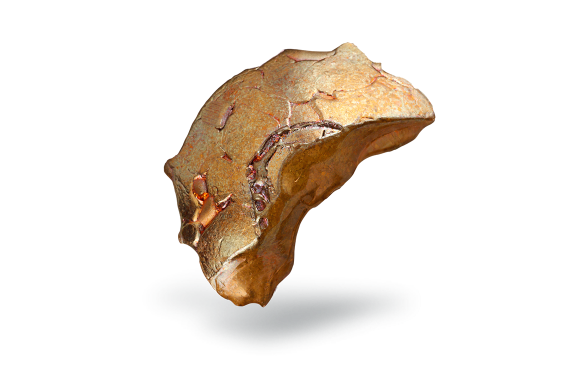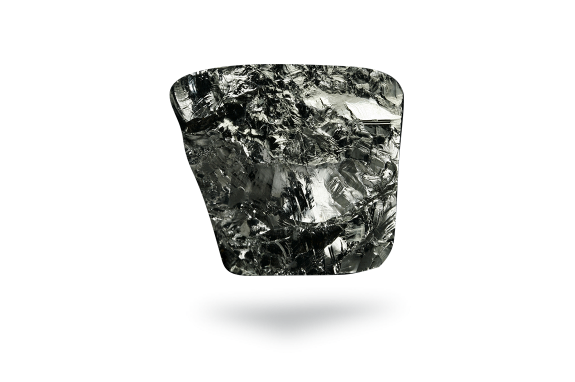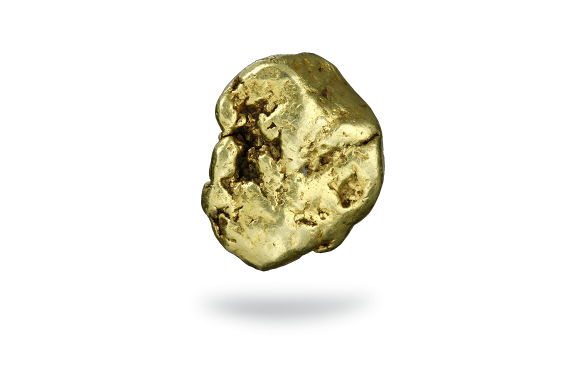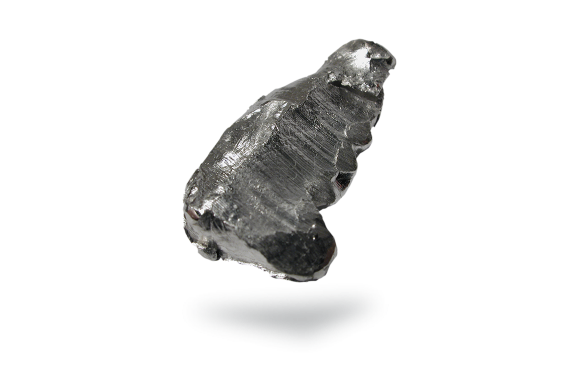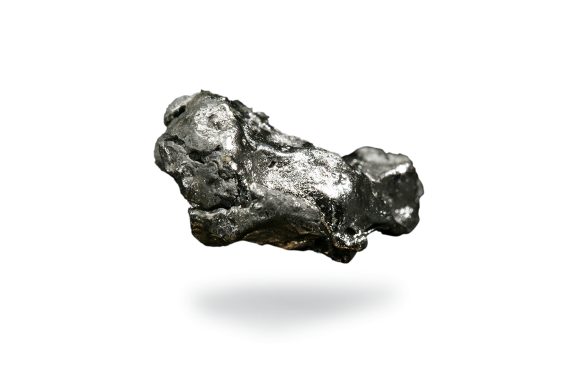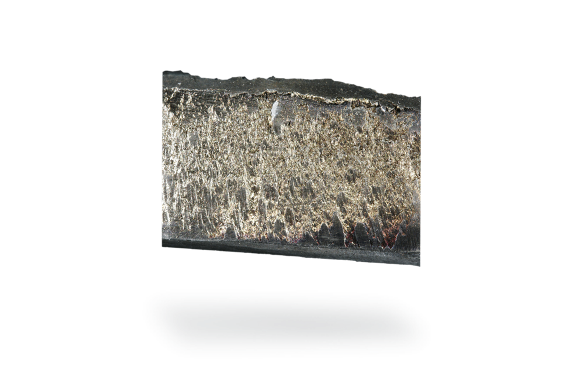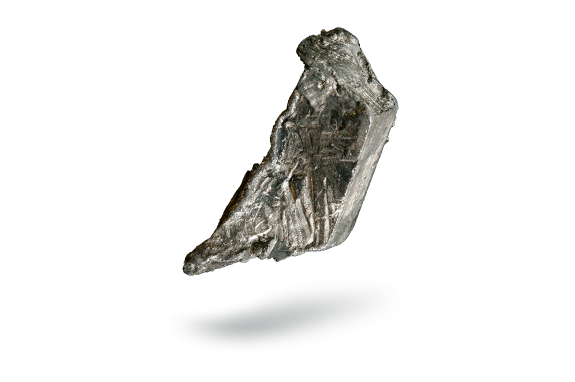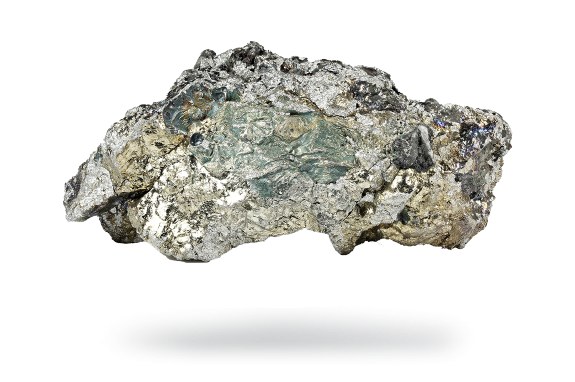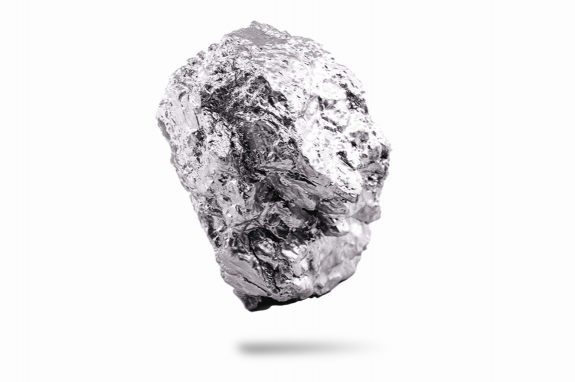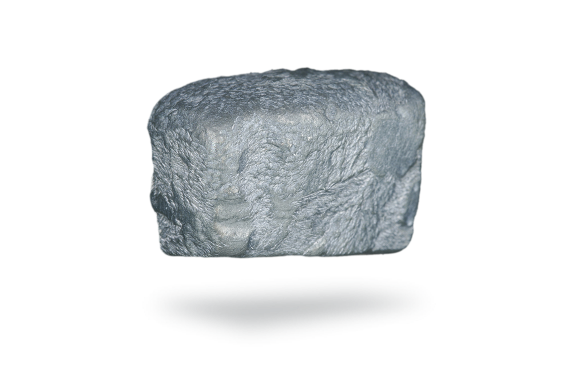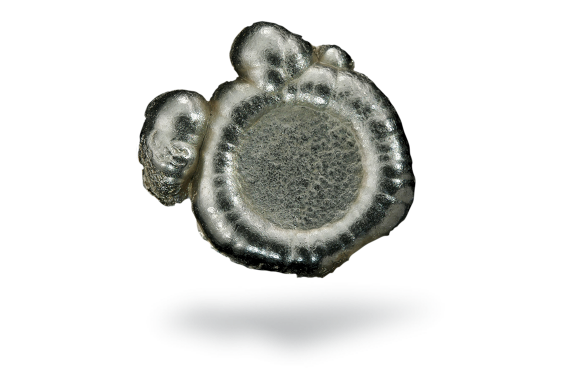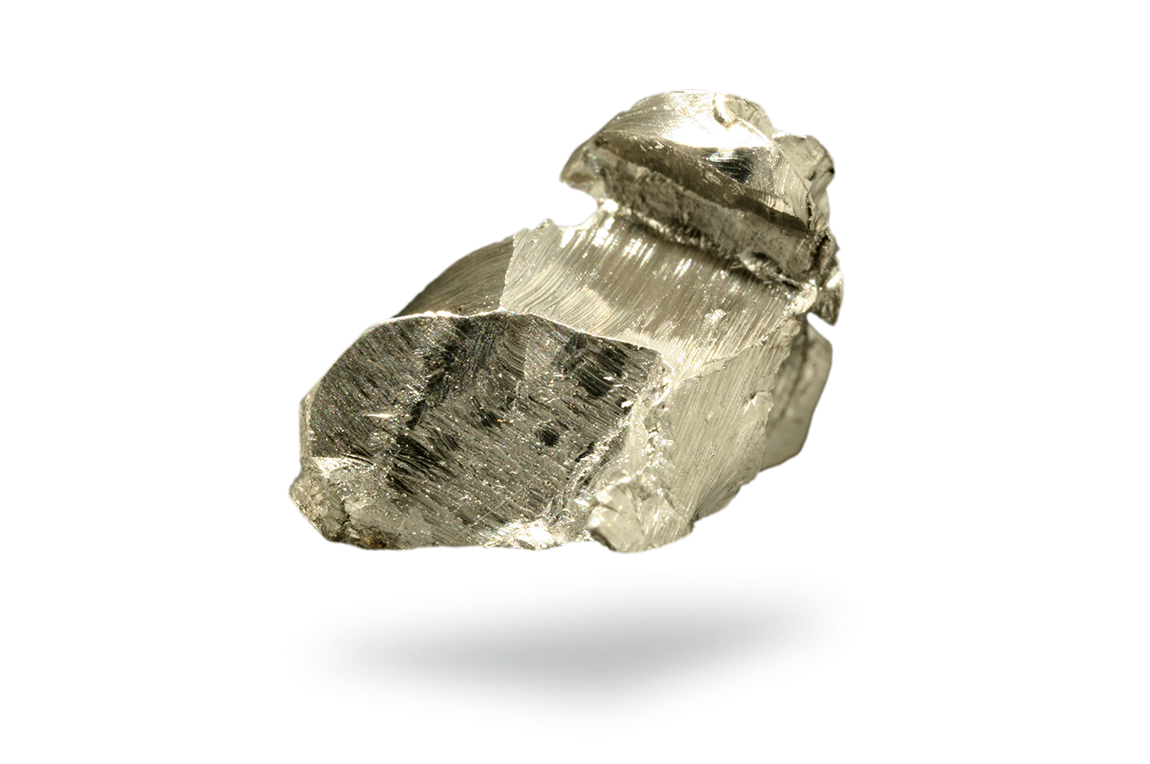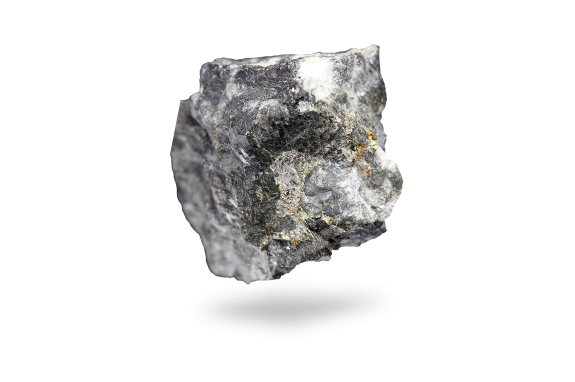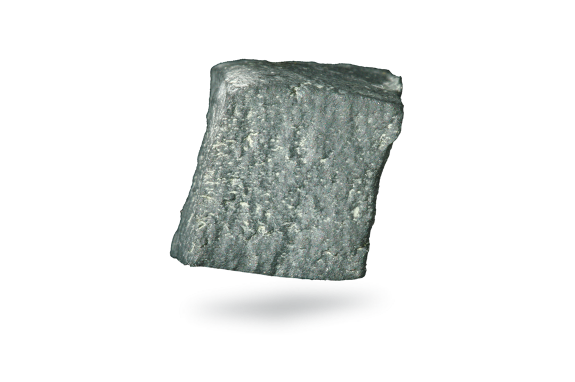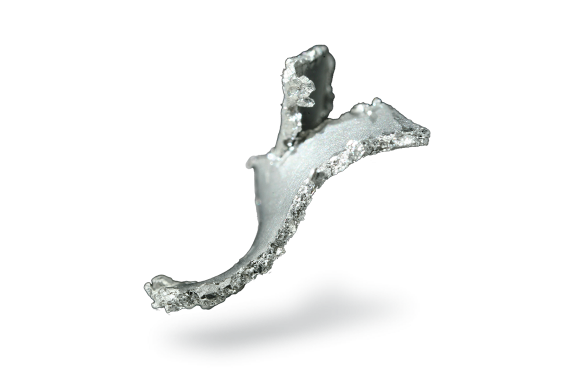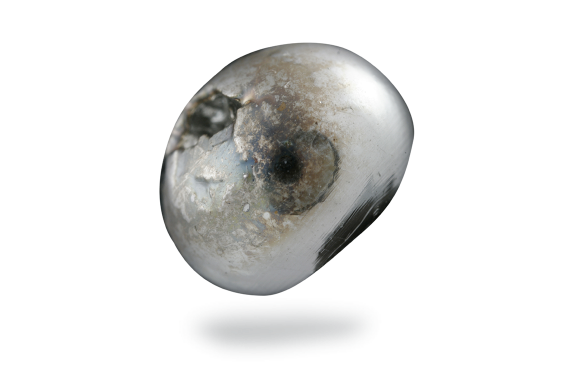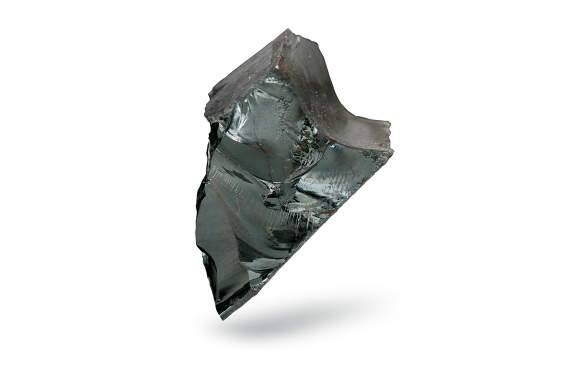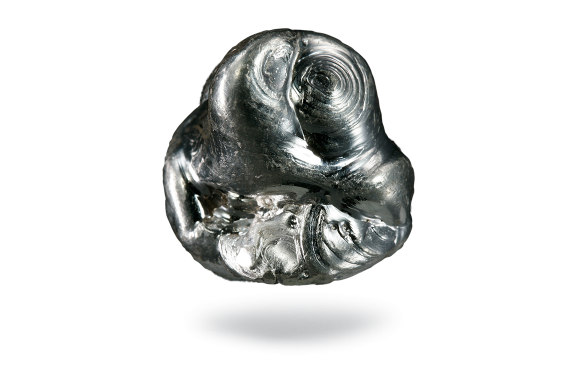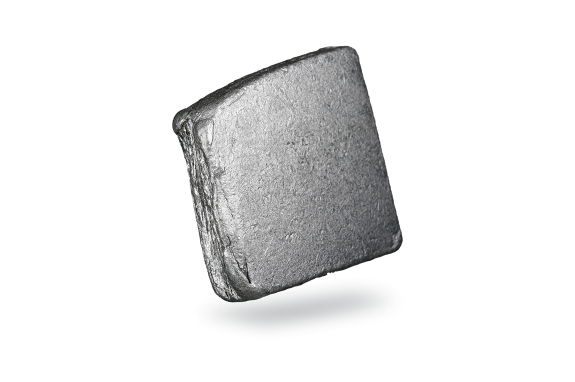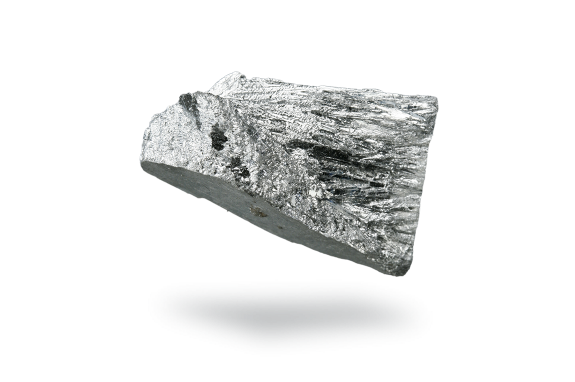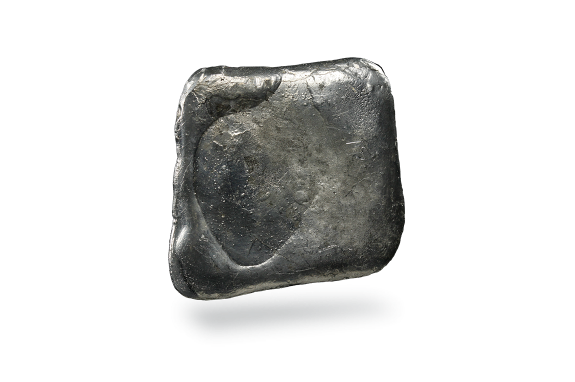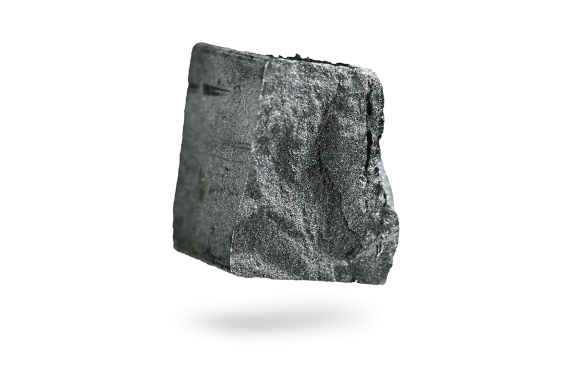Gallium
What if you grabbed a metal and it melted on your hand? With gallium that could be possible. Due to its low melting point, the warmth of your hand is enough to liquify it. This metal is considered as non-toxic and safe to touch yet not consumed by humans, animals or plants.
Did you know that gallium played an important role for the 2014 Nobel Prize Award winners? Professors Akasaki, Amano and Nakamura won the Nobel Prize of physics for the invention of the first blue LEDs. Together with other elements, Gallium has the ability to form semiconducting materials essential to modern electronic applications.
Besides LEDs, Gallium is present in power converters for electrified cars, and it forms the backbone of modern radio communication technologies such as 5G. Gallium helps to increase the speed and performance of bleeding edge microprocessors and is key for high performance photovoltaic cells on satellites, and other extraterrestrial applications.
All of these semiconductor devices are built by applying vapor phase deposition of Gallium containing films through the use of trimethylgallium, a highly pure chemical precursor produced by Umicore. Umicore has pioneered a new manufacturing strategy yielding nearly no waste and becoming one of the leading sustainable process known for trimethylgallium.
Gallium is also found on the Mars Rover, where it is used to power the motor vehicle with solar energy. Another type of application is gallium arsenide used in mobile phones and certain microwave appliances, enabling higher-frequency operation and lower energy usage that can be achieved with silicon-based devices.
Recycling
End-of-life recycling is challenging due to the dissipative use of gallium. Most of the recovered gallium comes from the production residues of gallium used in the epitaxy process to make semiconductors.
Properties
It is a silvery white metal that melts at 29.76°C and boils at 2204°C; it is thus liquid over a temperature range of some 2000°C, with a vapour pressure that remains low at least up to 1500°C. On cooling, the metal can remain liquid below its melting point (superfusion), down to 0°C.
Gallium diffuses rapidly through the crystal lattice of certain metals, e.g. aluminum, causing them to become brittle. Metallic gallium is magnetic and an excellent conductor of both heat and electricity.
History
The existence of gallium was predicted in 1871 by Mendeleev, who called it eka-aluminum. In 1875 Lecoq de Boisbaudran, whose curiosity had been aroused by the presence of unknown lines in the spectrum of a zinc mineral originating from the Pyrenees, succeeded in isolating the metal, which he named gallium after his native France (Gallia). Gallium remained a laboratory curiosity until 1970 when the semiconductor properties of some of its compounds were discovered.


